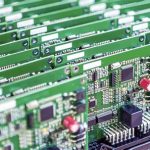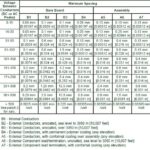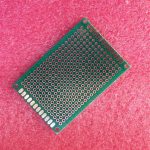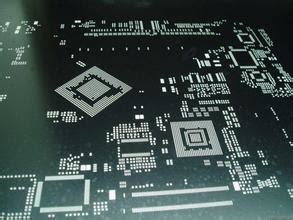
Blog
-
PCB Stencil Manufacturers
Posted by
–
 Read more: PCB Stencil Manufacturers
Read more: PCB Stencil ManufacturersWhat is a PCB Stencil? A PCB (printed circuit board) stencil, also known as a solder paste stencil, is a thin sheet of stainless steel or other material with laser-cut openings that correspond to the pads on a PCB. The stencil is used to apply solder paste onto the PCB […]
-
Phosphorus Crystal Formation
Posted by
–
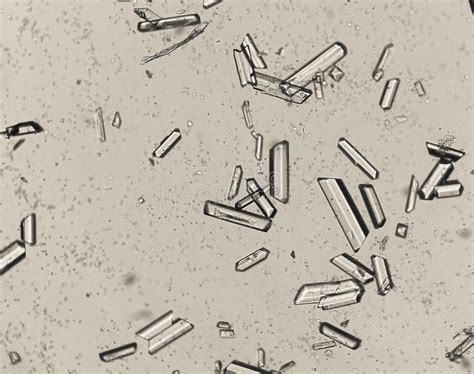 Read more: Phosphorus Crystal Formation
Read more: Phosphorus Crystal FormationIntroduction to Phosphorus Crystallization Phosphorus is a fascinating element that plays a crucial role in various fields, including chemistry, biology, and materials science. One of the most intriguing aspects of phosphorus is its ability to form crystals under specific conditions. Phosphorus crystallization is a complex process that involves the arrangement […]
-
procedure to define programmable IC marking
Posted by
–
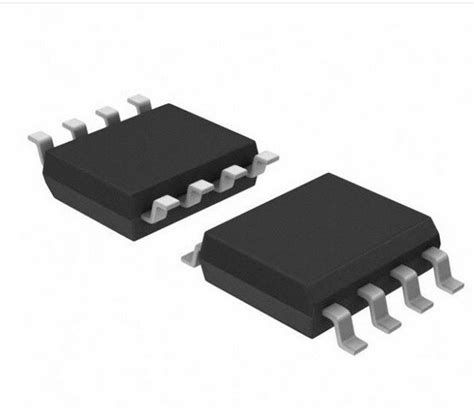 Read more: procedure to define programmable IC marking
Read more: procedure to define programmable IC markingIntroduction to Programmable IC Marking Programmable integrated circuits (ICs) are widely used in various electronic applications due to their flexibility and customization capabilities. These ICs can be programmed to perform specific functions, making them versatile and adaptable to different design requirements. To ensure proper identification and traceability of programmable ICs, […]
-
Protection Circuit for 5V Regulator
Posted by
–
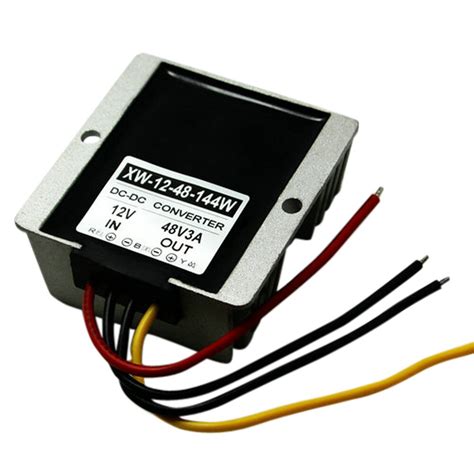 Read more: Protection Circuit for 5V Regulator
Read more: Protection Circuit for 5V RegulatorThe Importance of Regulator Protection A 5V regulator is a vital component in many electronic systems, responsible for providing a stable and regulated 5V supply to various circuits and components. However, regulators are susceptible to damage from external factors and abnormal operating conditions. Without proper protection, a regulator can suffer […]
-
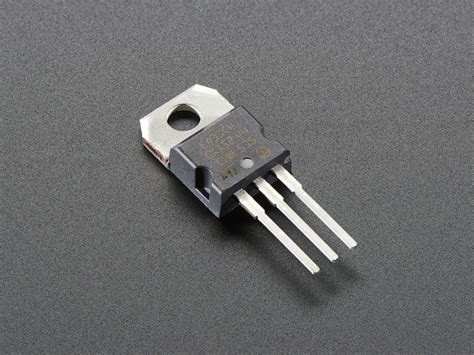 Read more: 9V Voltage Regulator: Complete Guide on how to use it and More!
Read more: 9V Voltage Regulator: Complete Guide on how to use it and More!What is a Voltage Regulator? A voltage regulator is an electronic device that maintains a constant voltage level in electrical circuits. Its primary function is to regulate the voltage supplied to various components in a system, ensuring stable and reliable operation. Voltage regulators are essential in many applications, from power […]
-
QFP solder paste volume
Posted by
–
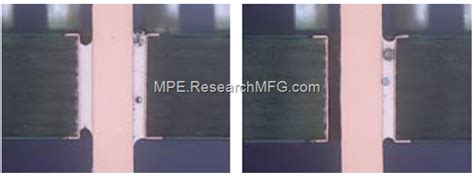 Read more: QFP solder paste volume
Read more: QFP solder paste volumeIntroduction to Solder Paste Volume for QFP Packages Solder paste volume is a critical factor in the successful assembly of Quad Flat Package (QFP) components onto printed circuit boards (PCBs). Applying the correct amount of solder paste is essential for achieving reliable solder joints and ensuring the overall quality of […]
-
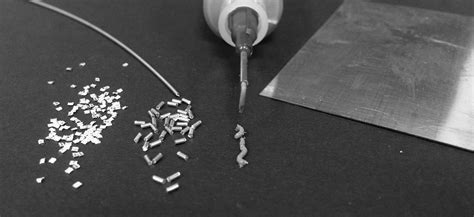 Read more: Different Types of Solder- All Common Classifications
Read more: Different Types of Solder- All Common ClassificationsWhat is Solder? Solder is a fusible metal alloy used to create a permanent bond between metal surfaces. It typically has a lower melting point than the metals being joined, allowing it to be melted and flowed into the joint without damaging the components. The most common types of solder […]
-
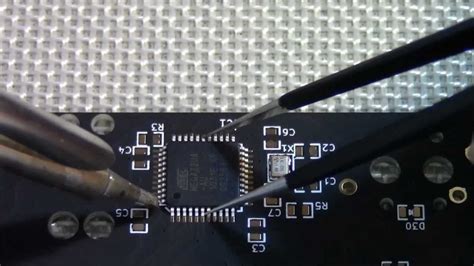 Read more: Surface Mount Soldering-A Comprehensive Understanding of Soldering
Read more: Surface Mount Soldering-A Comprehensive Understanding of SolderingIntroduction to SMT Soldering Surface mount technology (SMT) has revolutionized the electronics manufacturing industry since its introduction in the 1960s. SMT soldering involves attaching surface-mount components directly onto the surface of a printed circuit board (PCB), as opposed to through-hole soldering where component leads are inserted into holes drilled in […]
-
Automated Optical Inspection (AOI)
Posted by
–
 Read more: Automated Optical Inspection (AOI)
Read more: Automated Optical Inspection (AOI)What is Automated Optical Inspection? Automated Optical Inspection is a computerized visual inspection system that uses cameras, lighting, and image processing software to automatically detect and identify defects in manufactured products. AOI systems capture high-resolution images of the inspected object and compare them against a predefined set of criteria or […]
-
Introduction to SMT PCB Assembly
Posted by
–
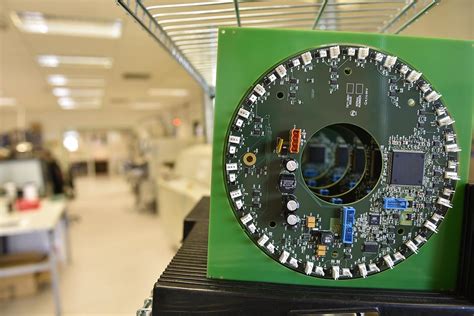 Read more: Introduction to SMT PCB Assembly
Read more: Introduction to SMT PCB AssemblyWhat is SMT PCB Assembly? SMT (Surface Mount Technology) PCB (Printed Circuit Board) assembly is the process of attaching electronic components directly onto the surface of a printed circuit board. This is in contrast to through-hole technology, where component leads are inserted into holes drilled in the PCB and soldered […]
